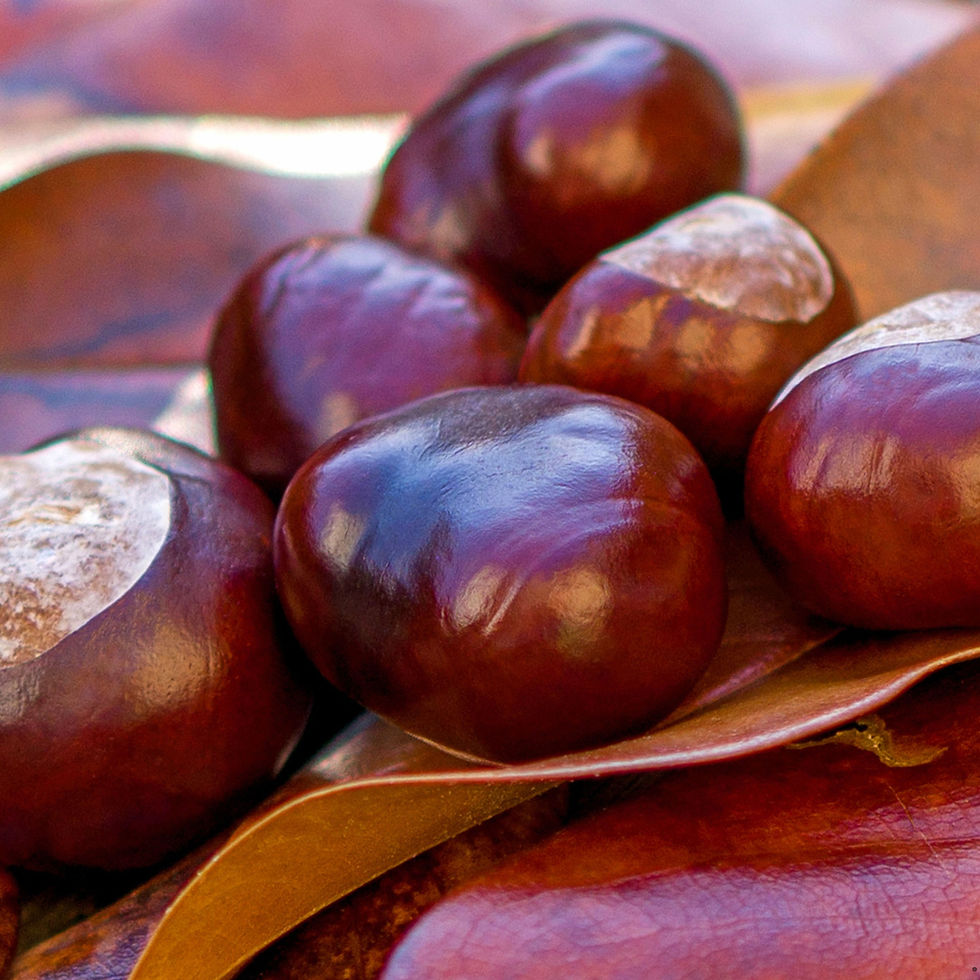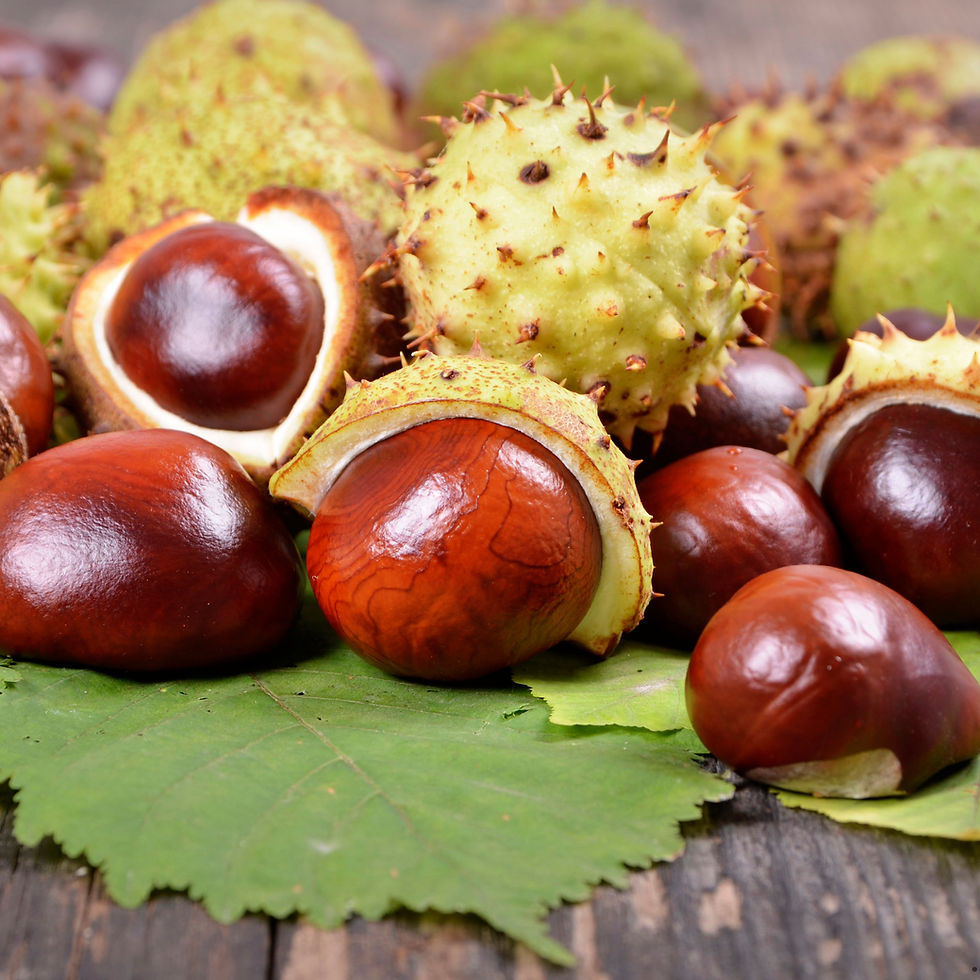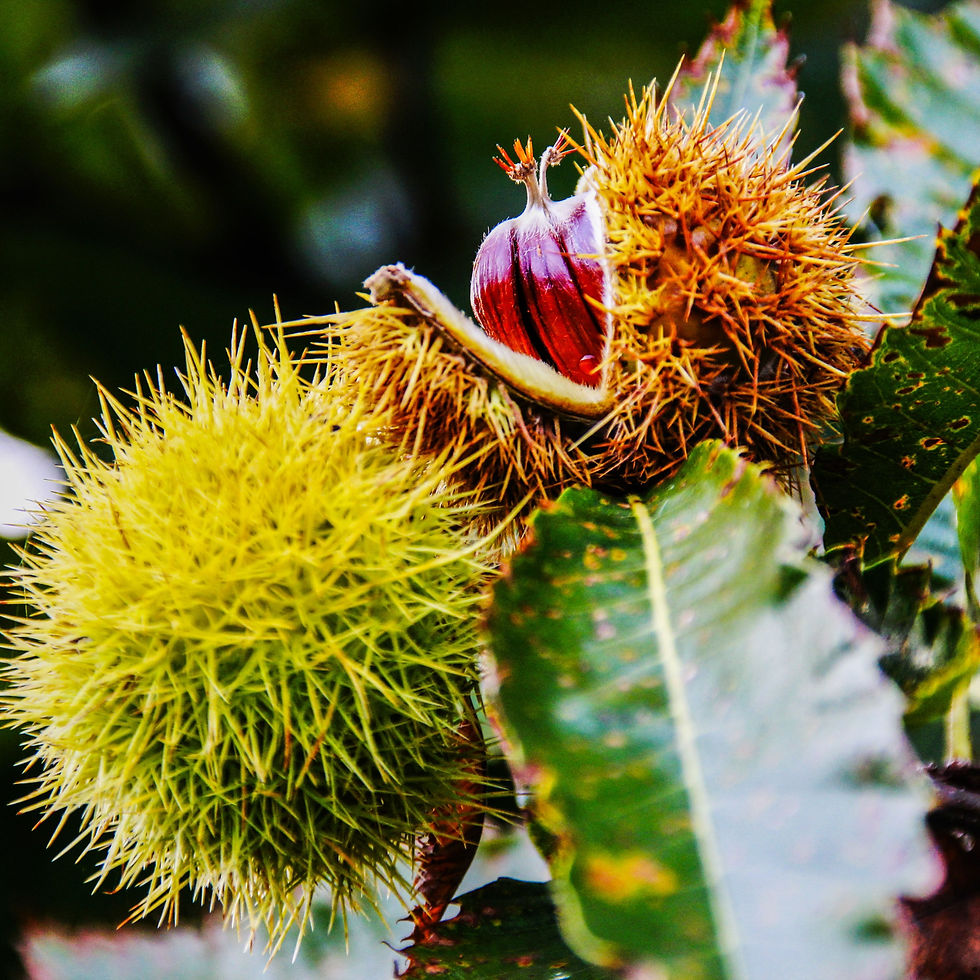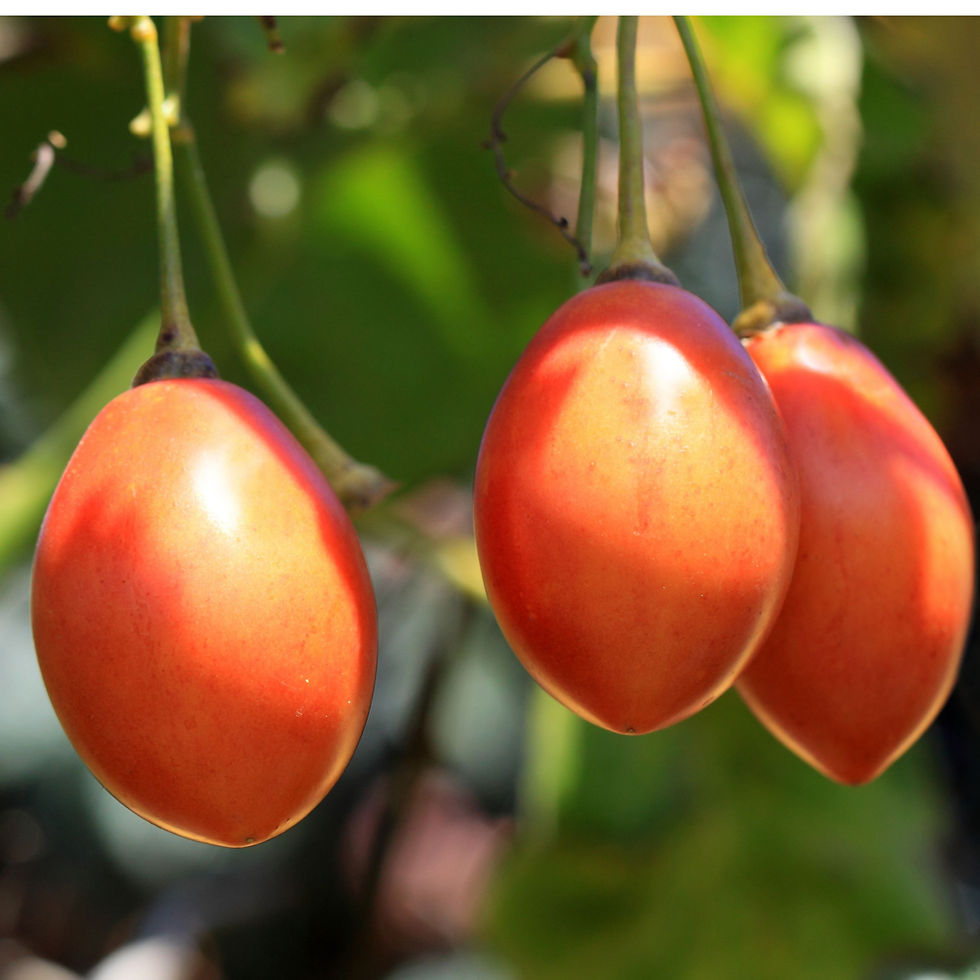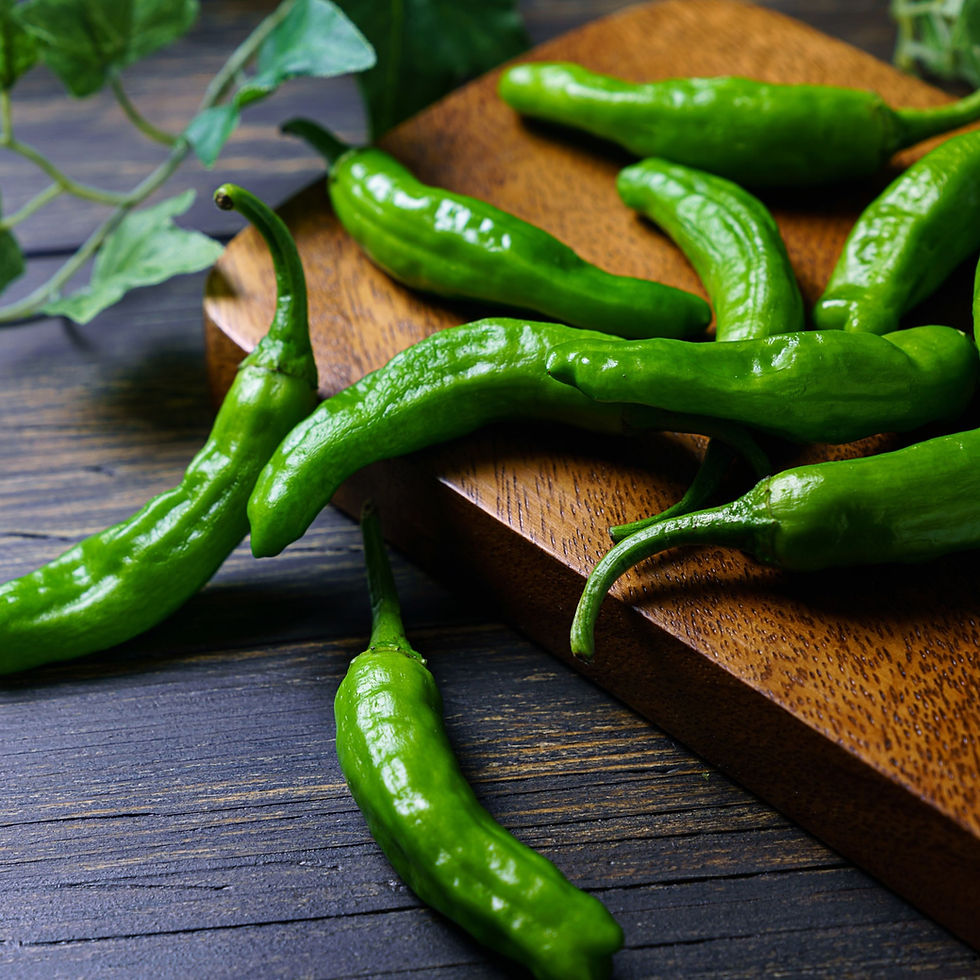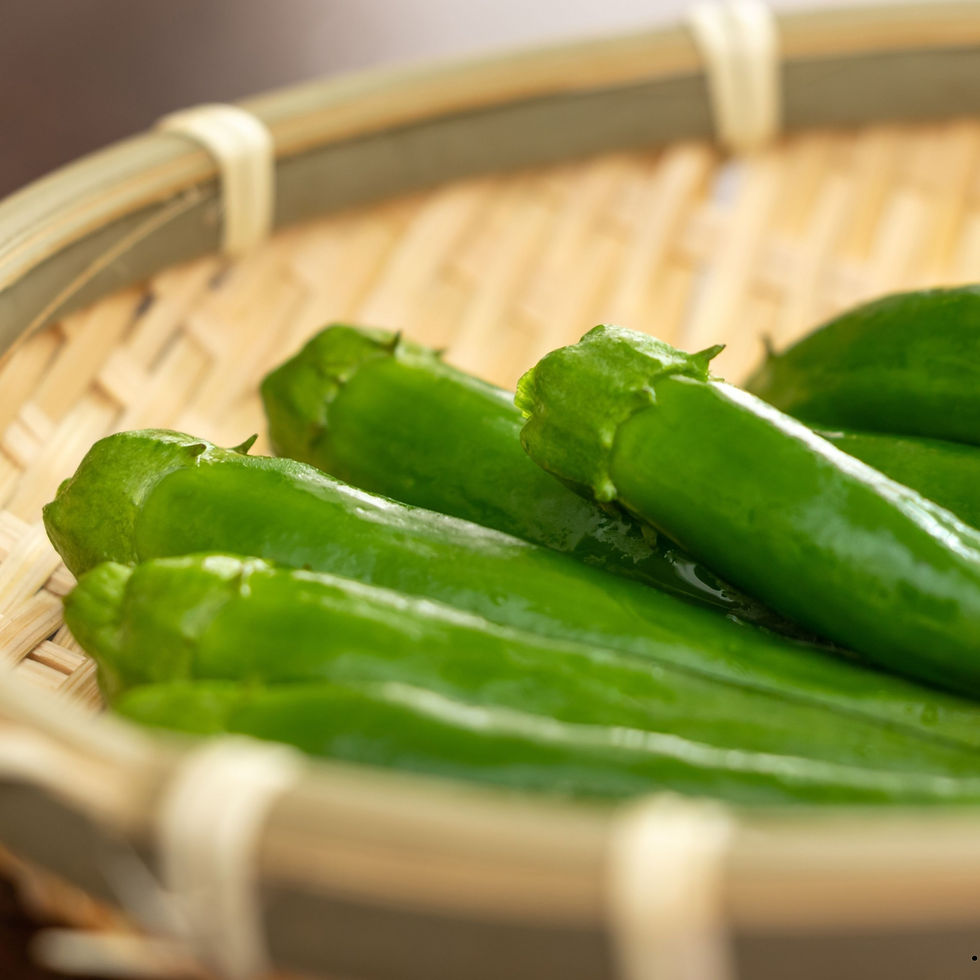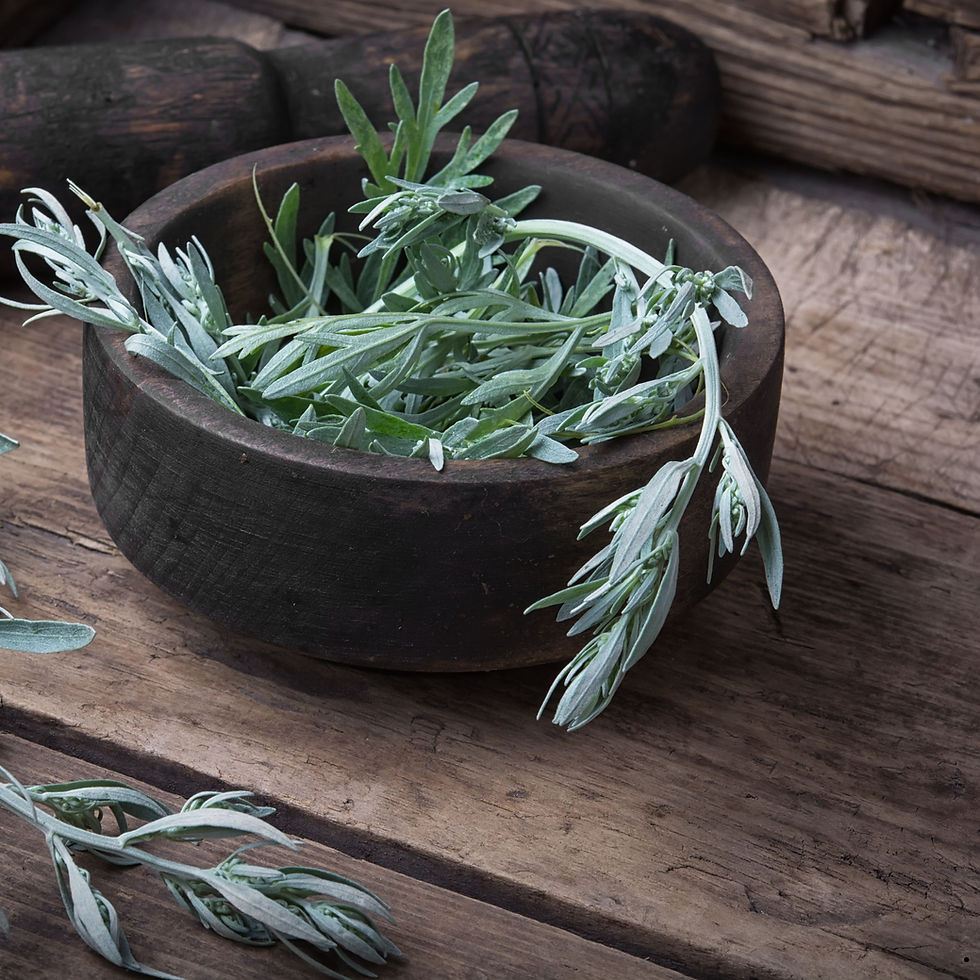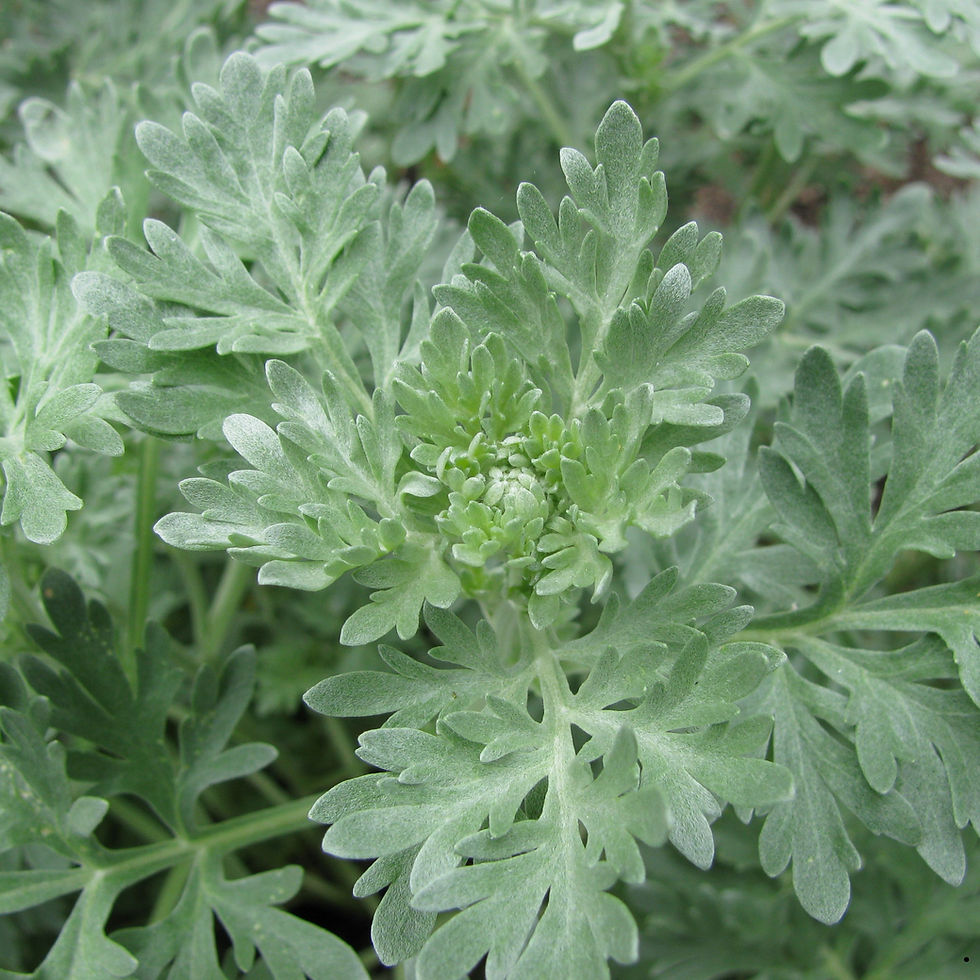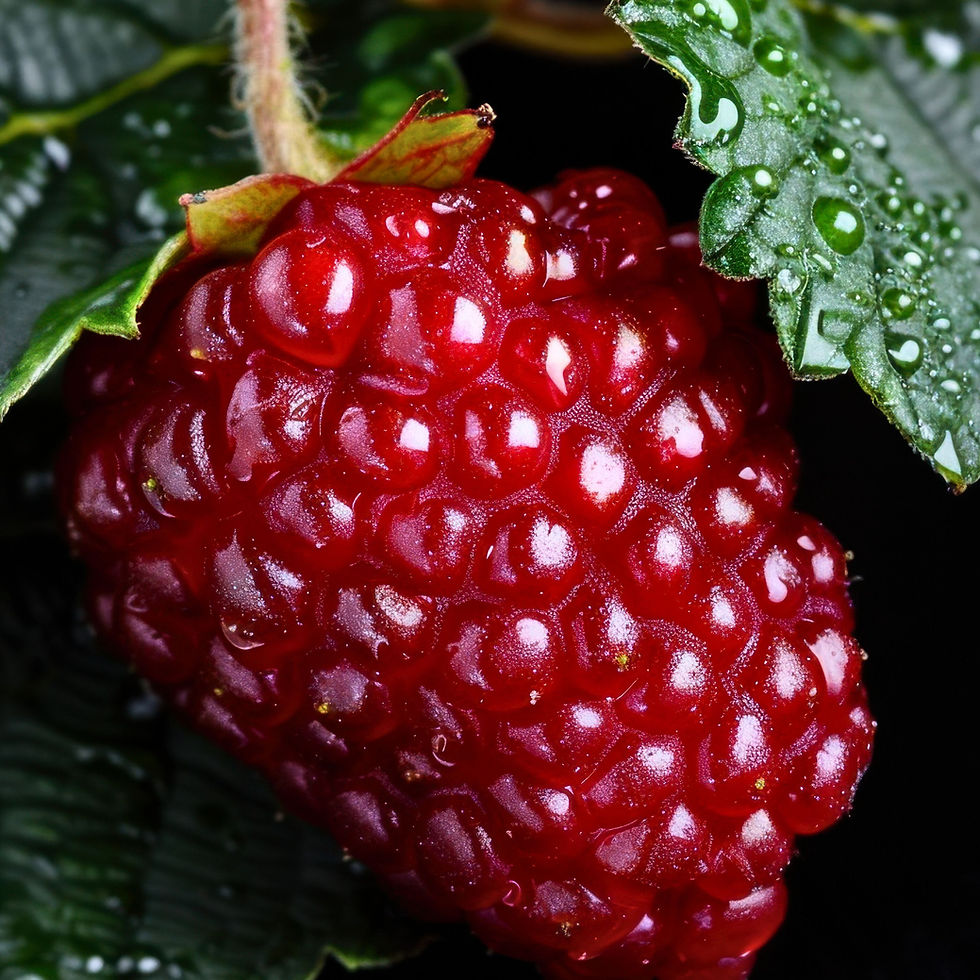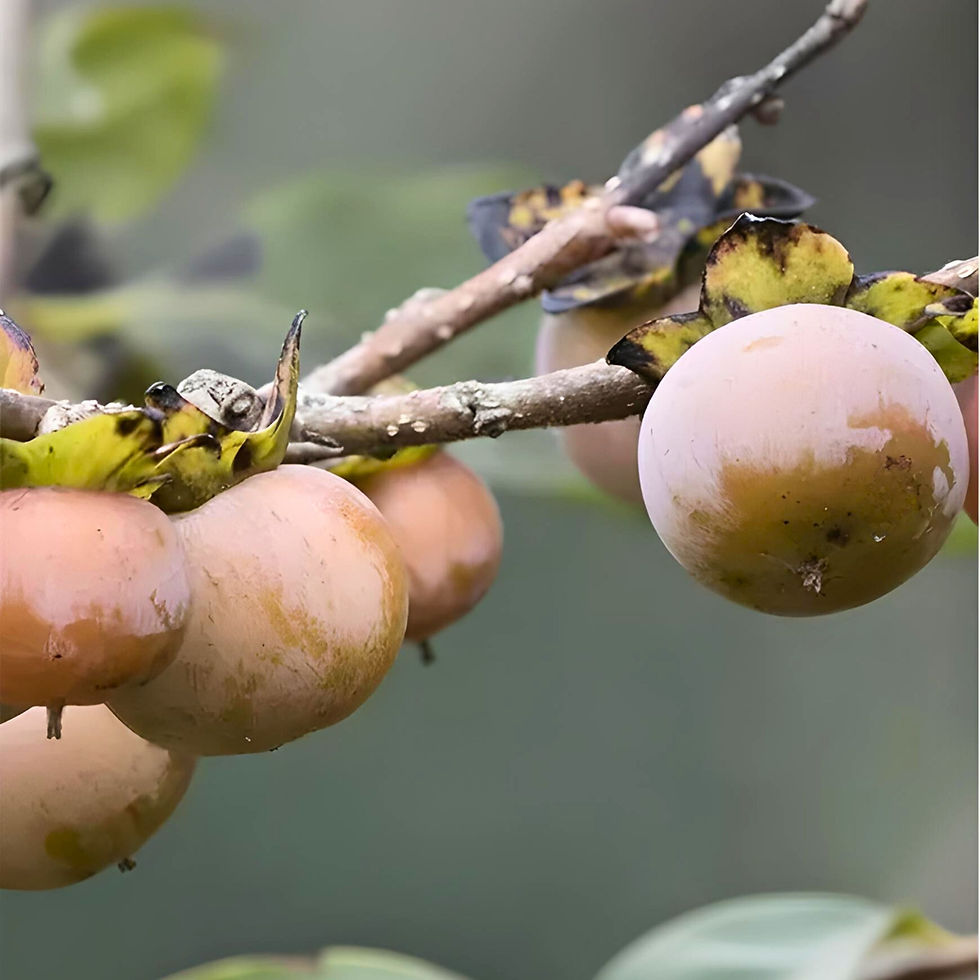Galaxy of Stars Eggplant seeds
This heirloom variety of eggplant produces stunning tender fruits that are a deep lavender in color with white stripes running up the perimeter of each fruit. Some say this variety is so beautiful you won't want to eat them, but rest assured. Their delicate flavor will have you cutting into these in no time. Galaxy of Stars eggplant is a star on the grill but can be stuffed, sauteed, baked, and steamed. A little olive oil, salt, and a frying pan will bring out this variety's natural flavor and subtle sweetness. Try these stuffed with your favorite cheese, meat, or meat substitute!
The Galaxy of Stars eggplant will grow 3-4 inches long. Eggplant needs full sun and is very easy to grow. They can be started indoors, but like chilis, the seeds must be germinated when the soil is 70 degrees or higher. Germination indoors can be achieved using a heat mat or seed germination mat.
In colder areas, eggplants can be grown in raised beds or containers. Containers can be brought inside and over-wintered, so you have an eggplant ready by the time Spring comes around. Equally, if you grow it in a raised bed, you can dig up the plant (try to keep as much of the root ball as possible), transplant it into a pot, and bring it inside during the Winter. These can be grown as a perennial if you are in a warmer zone.
Seed count: 50
Solanum melongena












